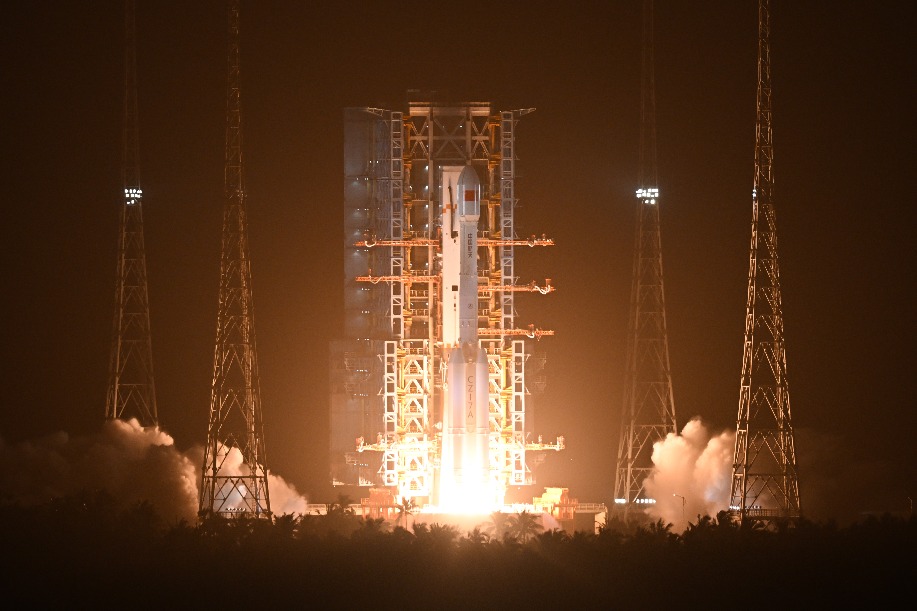China launches remote-sensing satellite

China launched a remote-sensing satellite on Thursday morning, according to the nation's leading space contractor China Aerospace Science and Technology Corp.
The State-owned conglomerate said in a news release that the Yaogan 39 was carried by a Long March 2D rocket that lifted off at 8:24 am at the Xichang Satellite Launch Center in Sichuan province and soon arrived in its orbit.
The satellite was jointly developed by the China Academy of Space Technology in Beijing and the Shanghai Academy of Spaceflight Technology, and is the latest member in the nation's Yaogan network.
Remote-sensing satellites refer to those tasked with observing, surveying and measuring objects on land or at sea as well as monitoring weather.
The Yaogan family is the largest fleet of remote-sensing spacecraft in China and their data has been widely used in governments, public service sectors and businesses.
Long March 2D, designed and built by the Shanghai academy, is propelled by liquid propellants and has a liftoff thrust of 300 metric tons. It is capable of sending a 1.3-ton spacecraft to a typical sun-synchronous orbit with an altitude of 700 kilometers.
The mission was China's 46th rocket launch this year and the 490th flight of the Long March rocket family, the nation's main launch vehicle fleet.
- China launches new satellite into space
- Families remember Nanjing Massacre victims as national memorial day approaches
- Fujian intangible cultural heritage draws visitors at Kaohsiung travel fair in Taiwan
- Innovative app launched to strengthen nationwide HIV prevention efforts
- Experts urge stronger collaboration on global health
- Millions vie for civil service jobs





































